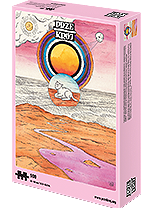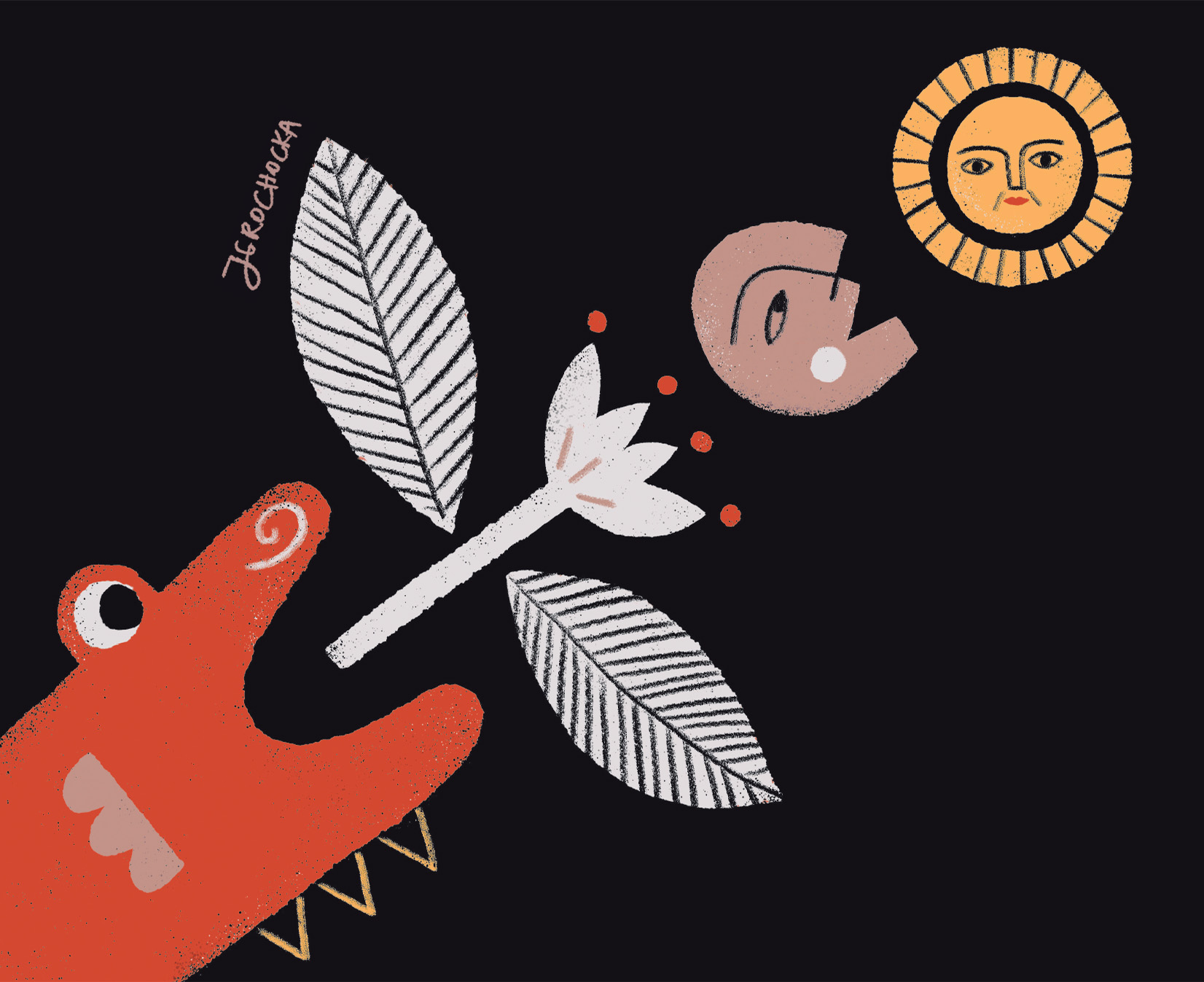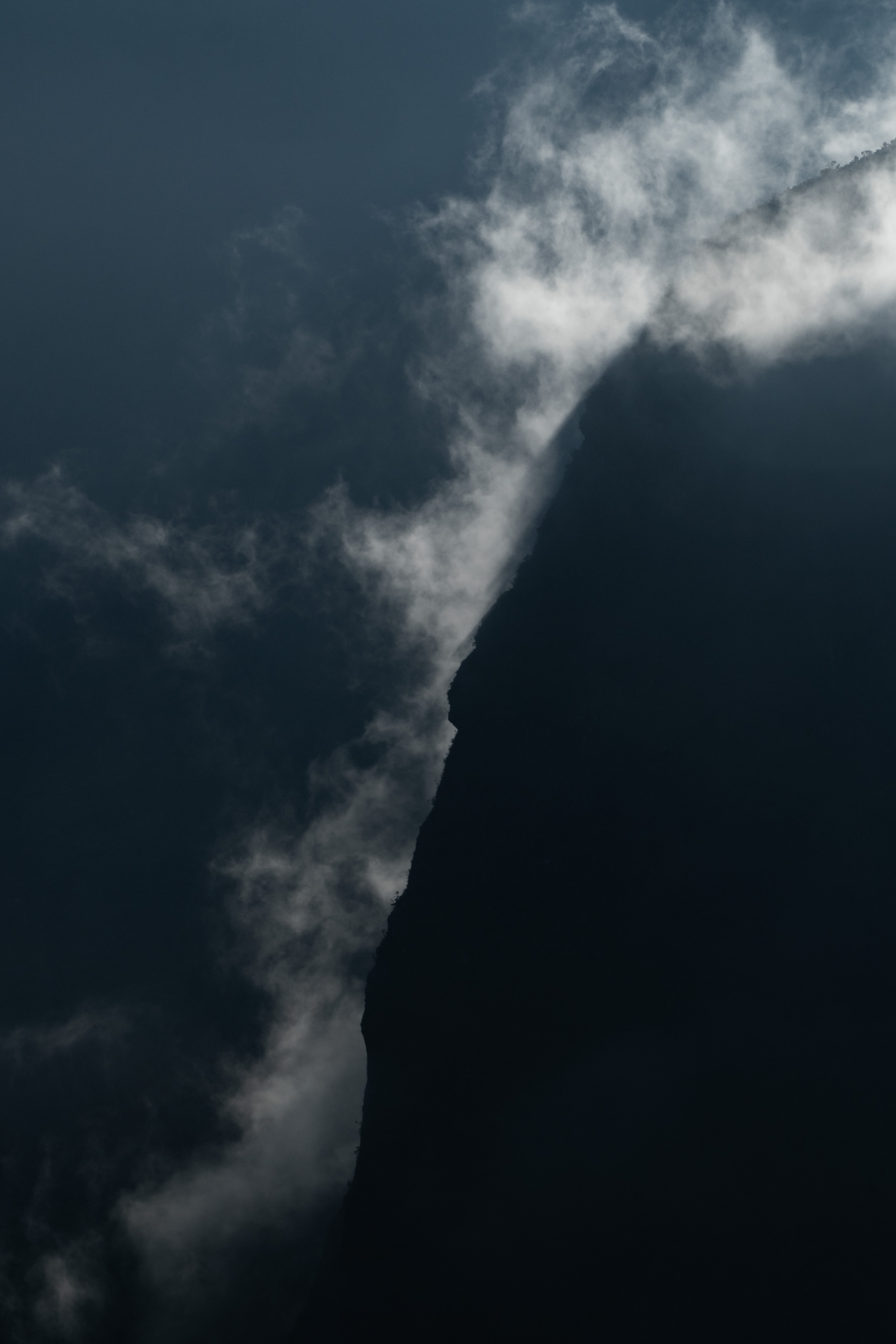
When an Inca ruler died, he was mummified. But that was not the end of his earthly journey. The mummy began a new, at times rather luxuriant, life – the type of life that generates costs.
Europeans only had the chance to meet the last Inca emperor: Atahualpa. They held him captive for eight months, learning about his habits and talking to him (apparently, he even learned to play chess). They also observed the attitude of the ruler’s subordinates towards him.
Before he was imprisoned, he spoke to the newly arrived Spaniards from behind a veil, allowing him to observe his interlocutors without them seeing him. When Hernando Pizarro – brother of Francis, the conqueror of the Inca Empire – approached Atahualpa on horseback, ostentatiously disregarding the emperor’s authority, he came so close that foam from his horse’s mouth stained the emperor’s clothing. Atahualpa, however, did not flinch, even though the animal was unknown to him and aroused widespread terror among his bodyguards (those who had showed their fear of the animal were executed with their families that same evening).
Anything Atahualpa touched was kept by his people in chests. The conquistadors saw boxes full of clothing, basket-work, and even ears of corn and bird bones that had been gnawed by the emperor. When asked why these items were collected, the servants explained that at the appointed time of year, the items would all be burned and their ashes scattered. When the emperor wanted to spit, he did so on the hands of a servant woman rather than on the ground. Once, while in captivity, he was visited by a local cacique who was shaking with excitement to the extent that he was unable to stand up straight. When Pedro Pizarro admired the delicacy of Atahualpa’s cloak, the emperor revealed that it was made of





